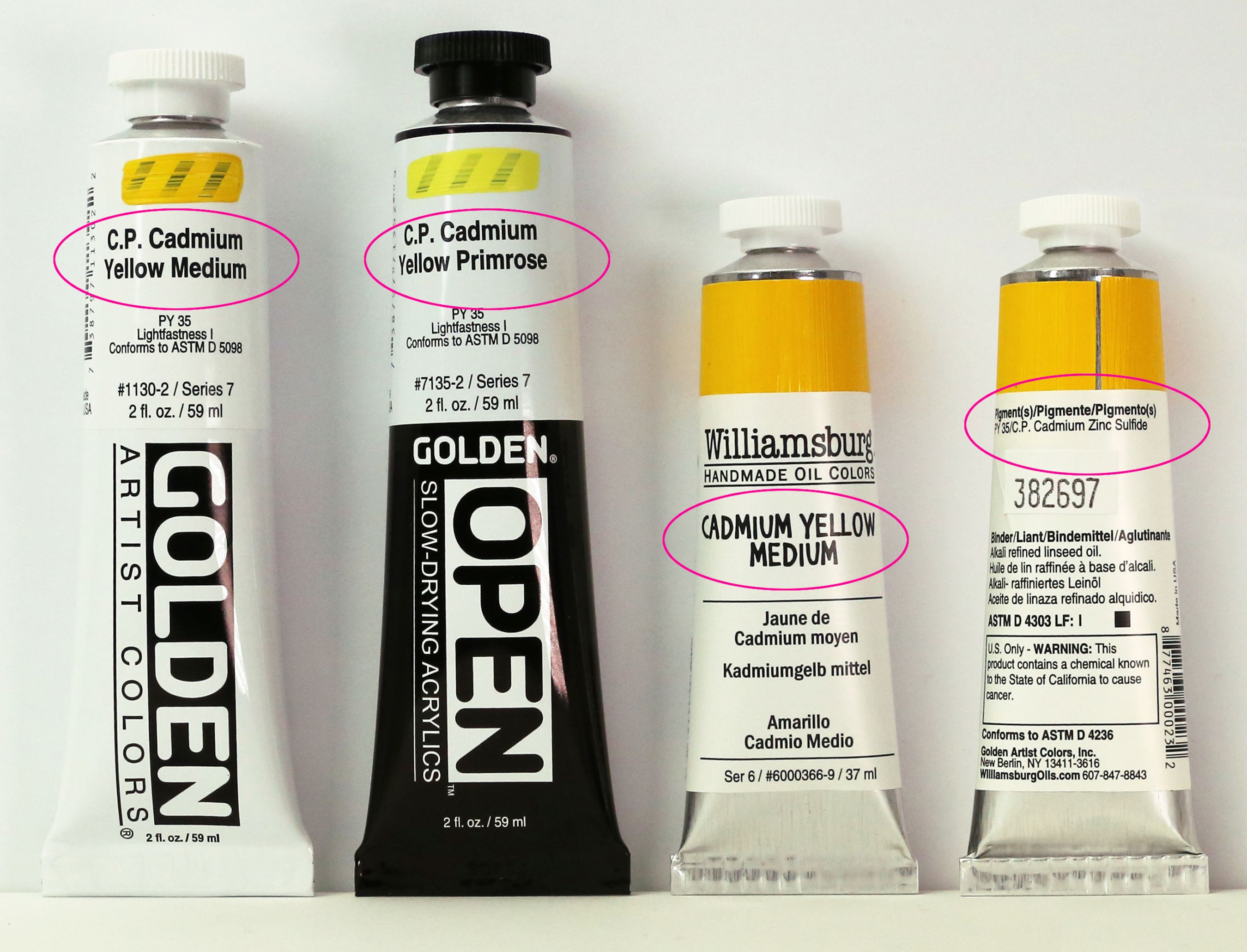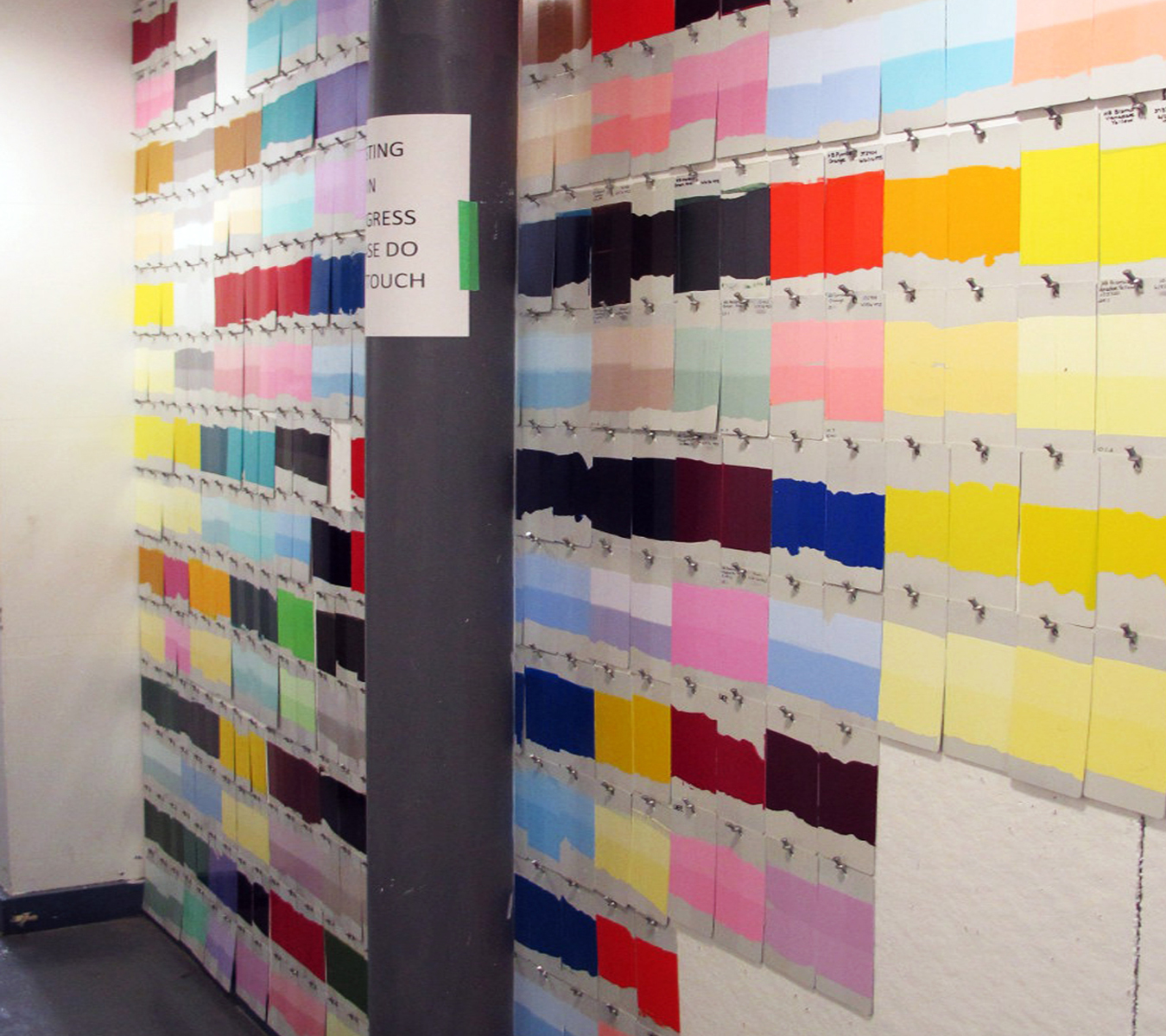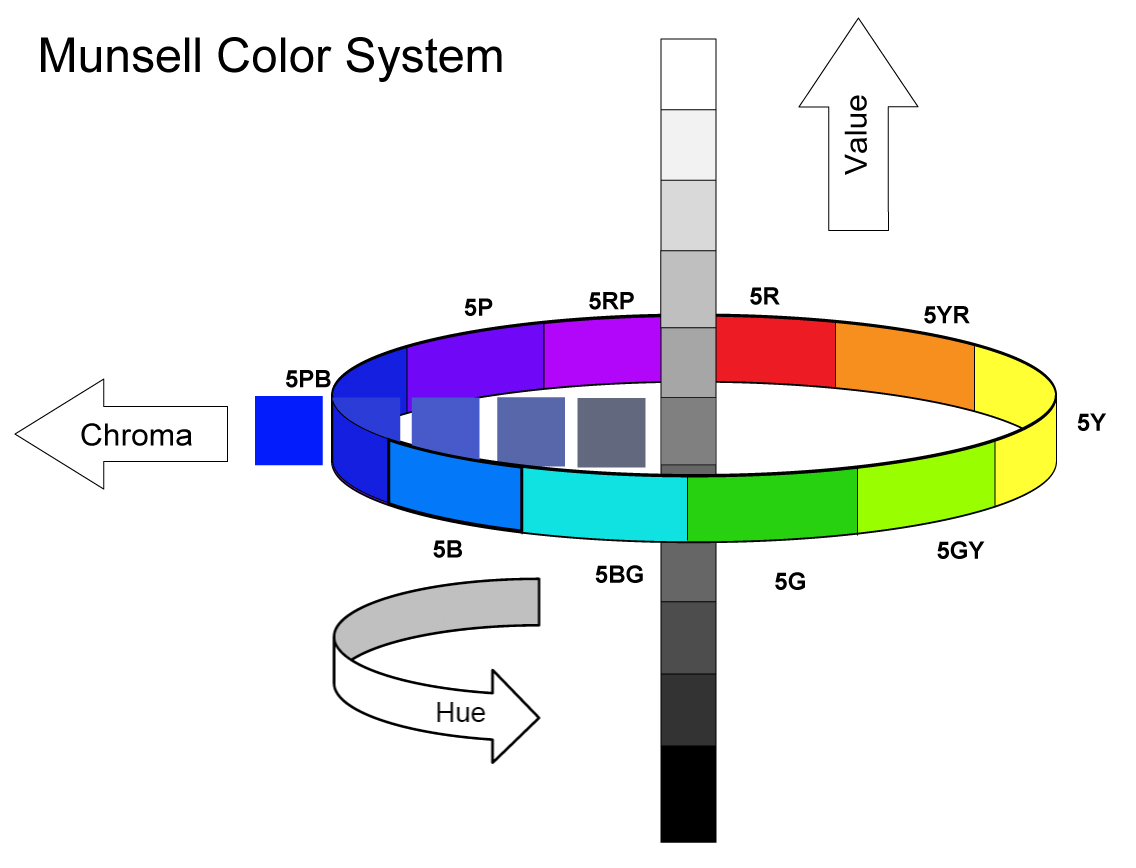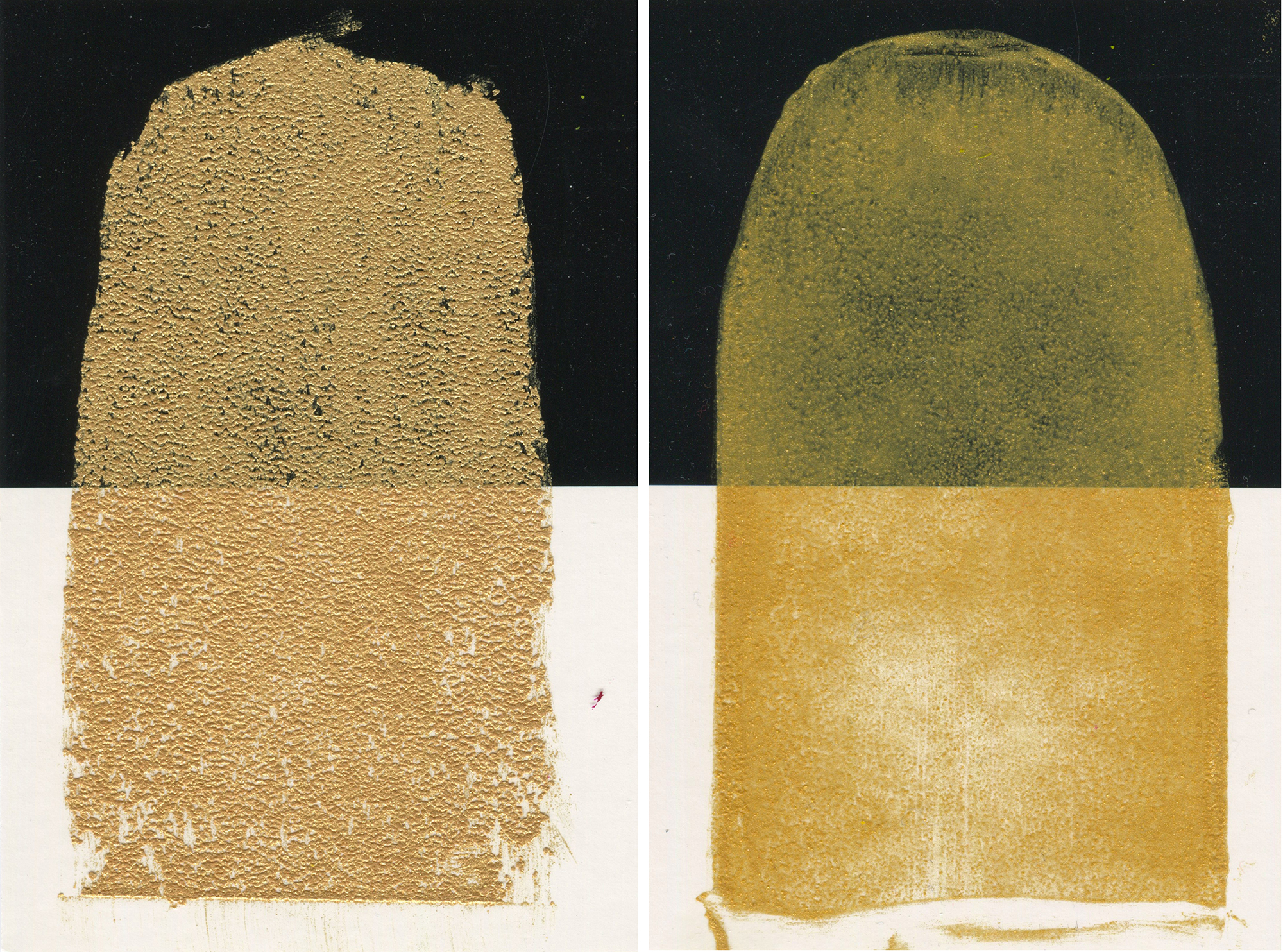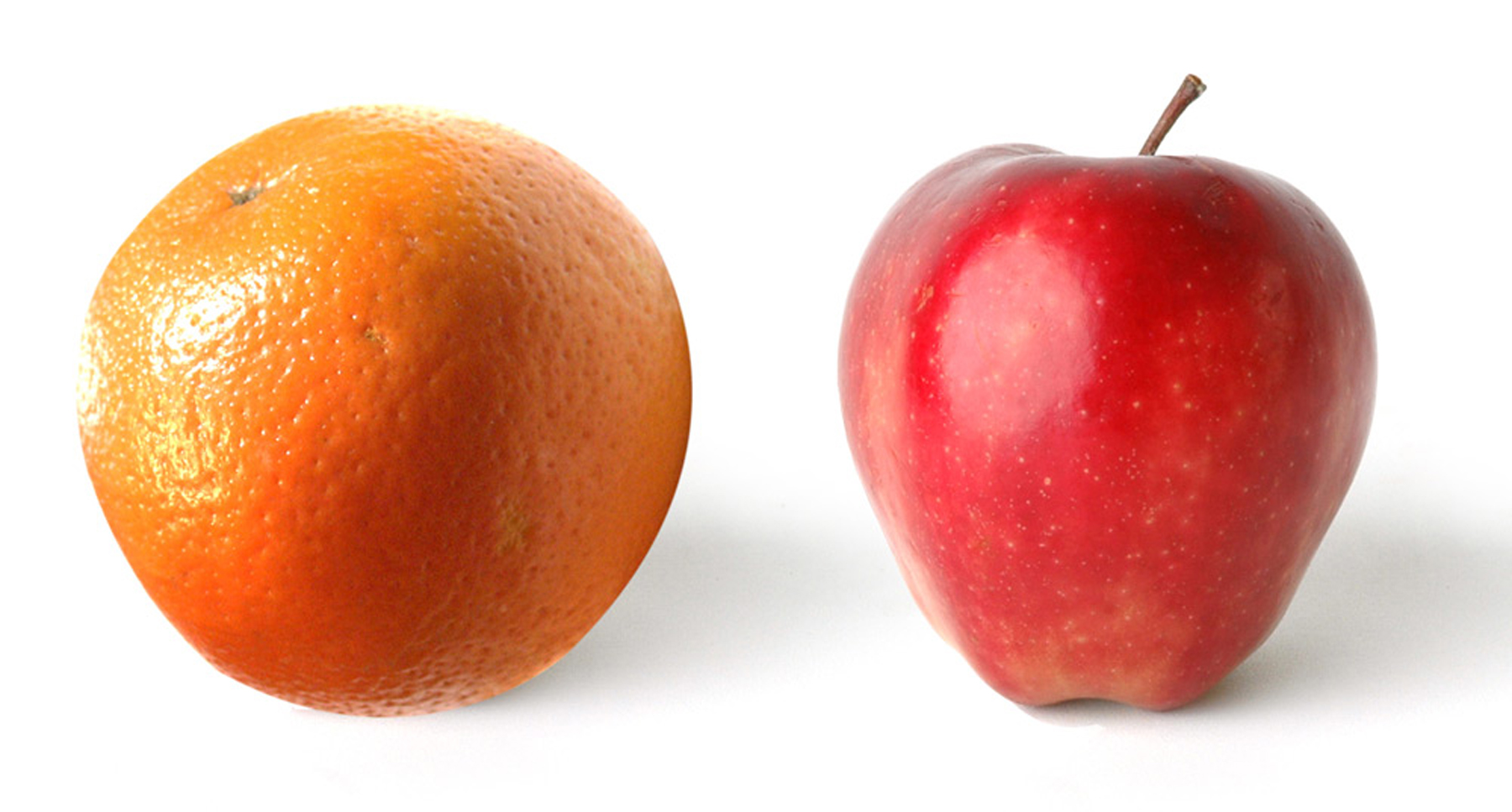Williamsburg Handmade Oil Colors is excited to introduce seven new colors to its line-up: three warm, highly saturated hues, three transparent earth colors and a light color tint. Bismuth Vanadate Yellow, Pyrrole Orange, Pyrrole Red, Nickel Azo Yellow, Transparent Yellow Iron Oxide, Transparent Red Iron Oxide and Titan Buff all have ASTM lightfastness ratings of … Read more
Home>New Product> Oils > Williamsburg Welcomes 7 New Colors
Archive | Oils
You may have noticed the letters “C.P.” preceding the names of our GOLDEN Acrylic Cadmium colors, or come across “(CC)” as part of the cadmium pigment listing found on the back of labels and in pigment ID charts. And…you may have wondered what they mean. This has been a common question over the years and so … Read more
While we often report on results from lightfastness testing, we have rarely paused to actually describe the process we follow. And let’s face it, for most people stating that our tests conform to ASTM D4303, Standard Test Methods for Lightfastness of Colorants Used in Artists’ Materials, does very little to fill in the blanks. In an attempt to solve … Read more
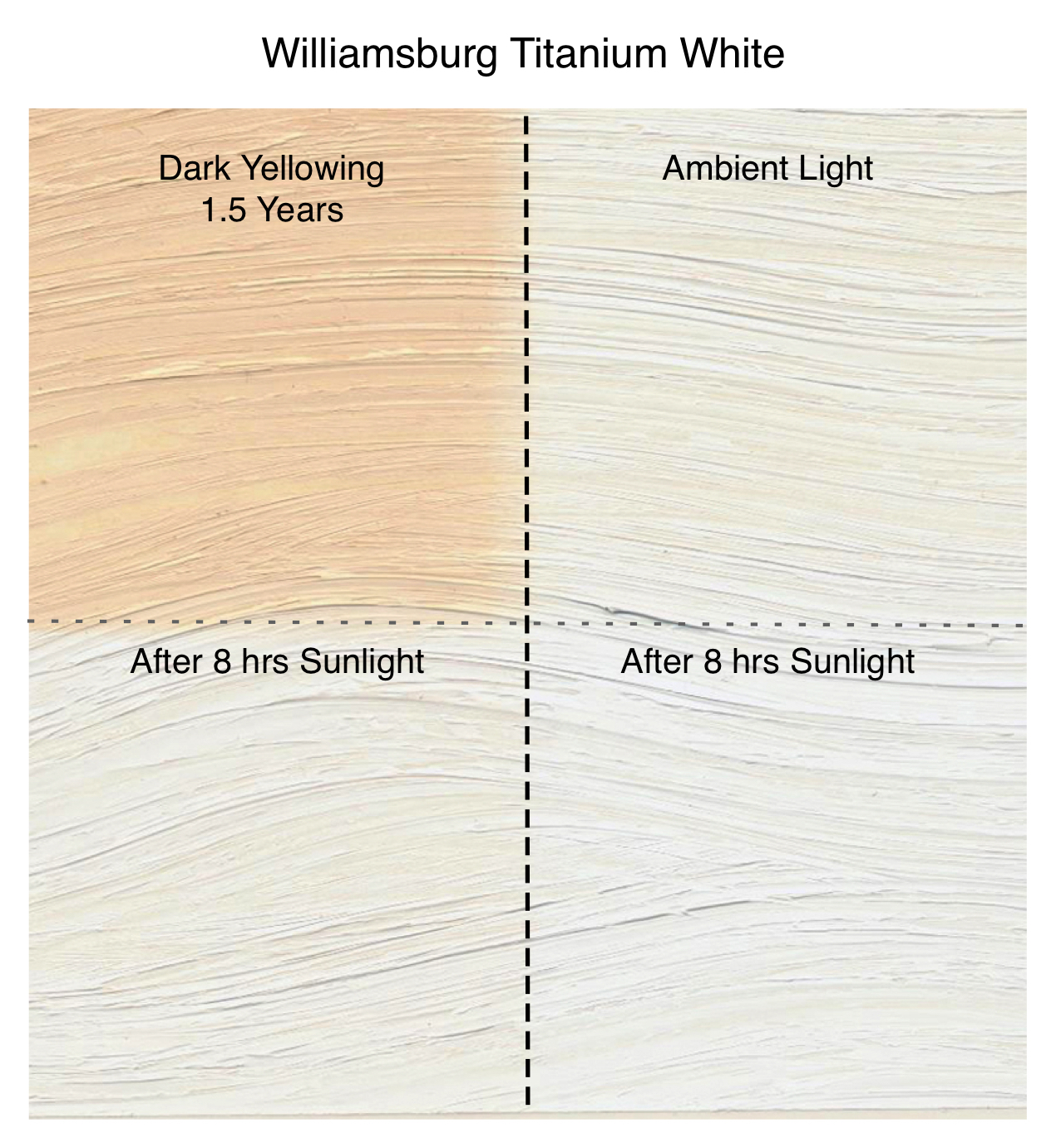
Dark yellowing is the reversible, temporary yellowing that dried oil paint undergoes when stored in the dark or subdued lighting. While noted in many historical writings, most painters remain unaware of it and become surprised or concerned when they discover it happening to their own works. Which makes sense. With no other context to go … Read more
It’s summertime and Munsell is in the air. Or at least it seems that way, given the increasing number of requests for various Munsell notations that have recently come our way. And if you happen to be new to Munsell, a widely used standard for classifying colors since its debut in 1905, not to worry – there is … Read more
Editor’s Note: Added April 26, 2022 For some time, our recommendation for artists using oils over acrylic has been to work over harder, matte acrylic surfaces and avoid working on softer gels and gloss products. Our intention was to optimize the level of adhesion that would be achieved on a toothier surface as well as … Read more
Gold leaf has been used to beautify and evoke meaning in painting throughout history, functioning as a luminous counterpoint to flesh, fabric and nature. Artists today still use gold leaf, but have also added other metal foils, glitters, iridescent and interference paints to their palettes to activate and enliven their work. For oil painters looking … Read more
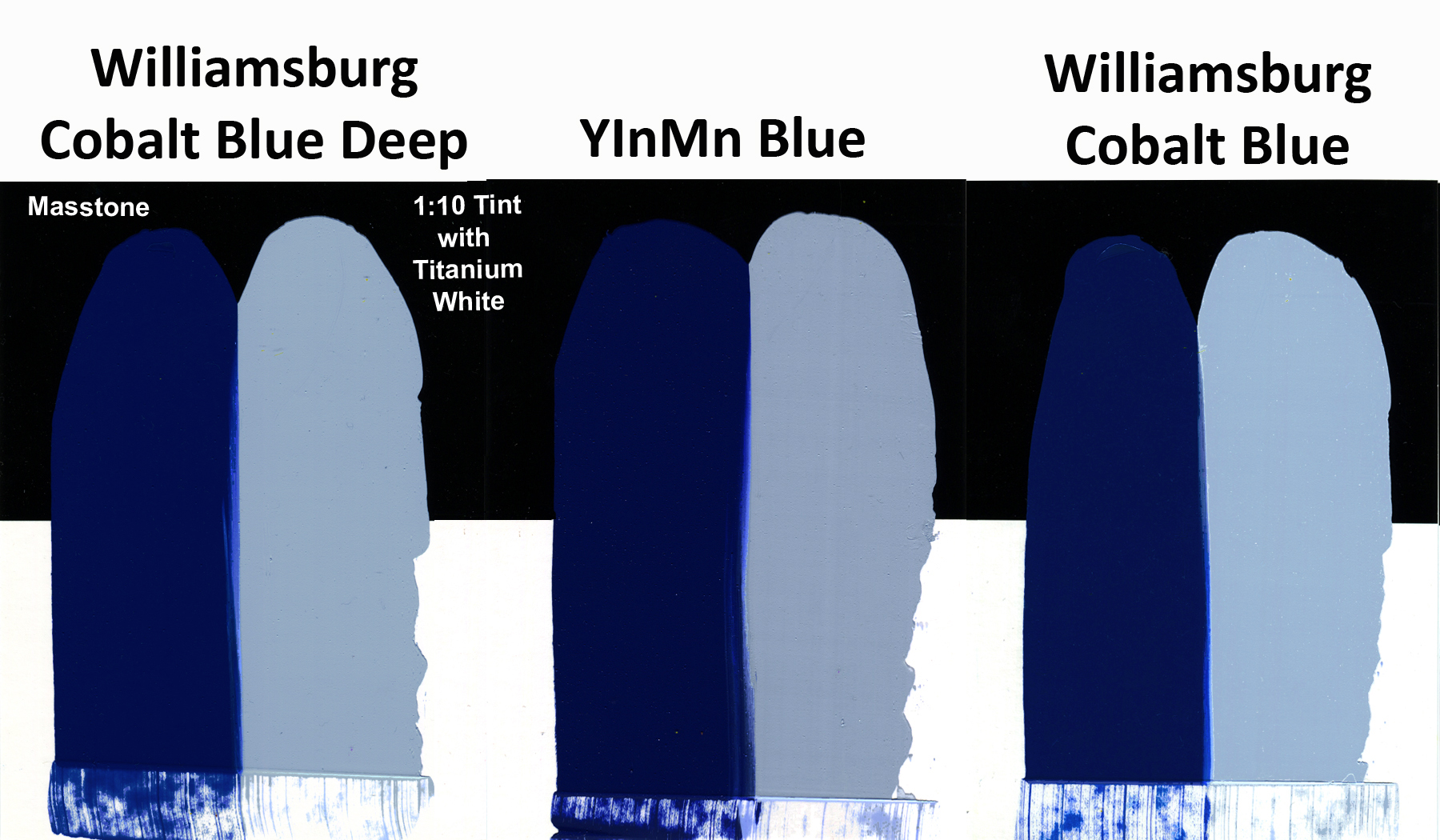
Editor’s Note 3/8/21 With YInMn Blue having been out for a while now, and with a lot of questions received and answered since this piece was published, we wanted to briefly provide an update: As noted in the article, the pigment has some unique strengths, being considered extremely lightfast, durable, and chemically resistant, as well … Read more
If oil paint was just now being invented, and had to sell itself to the marketplace as a new medium, it would probably have an incredibly difficult time – especially if we knew beforehand that its list of problems would include yellowing, cracking, wrinkling, flaking, embrittlement, hydrolysis, fatty acid crystallization, protuberances and delamination caused by … Read more
It’s been a problem for a very long time. At least according to the historical record. Blotchiness. Sinking in. Dead spots. For oil painters these are well known terms, conjuring up images of skin disease as much as painted surfaces, but whatever words are used the implication is clear – it’s an undesirable nuisance; a loathsome … Read more


